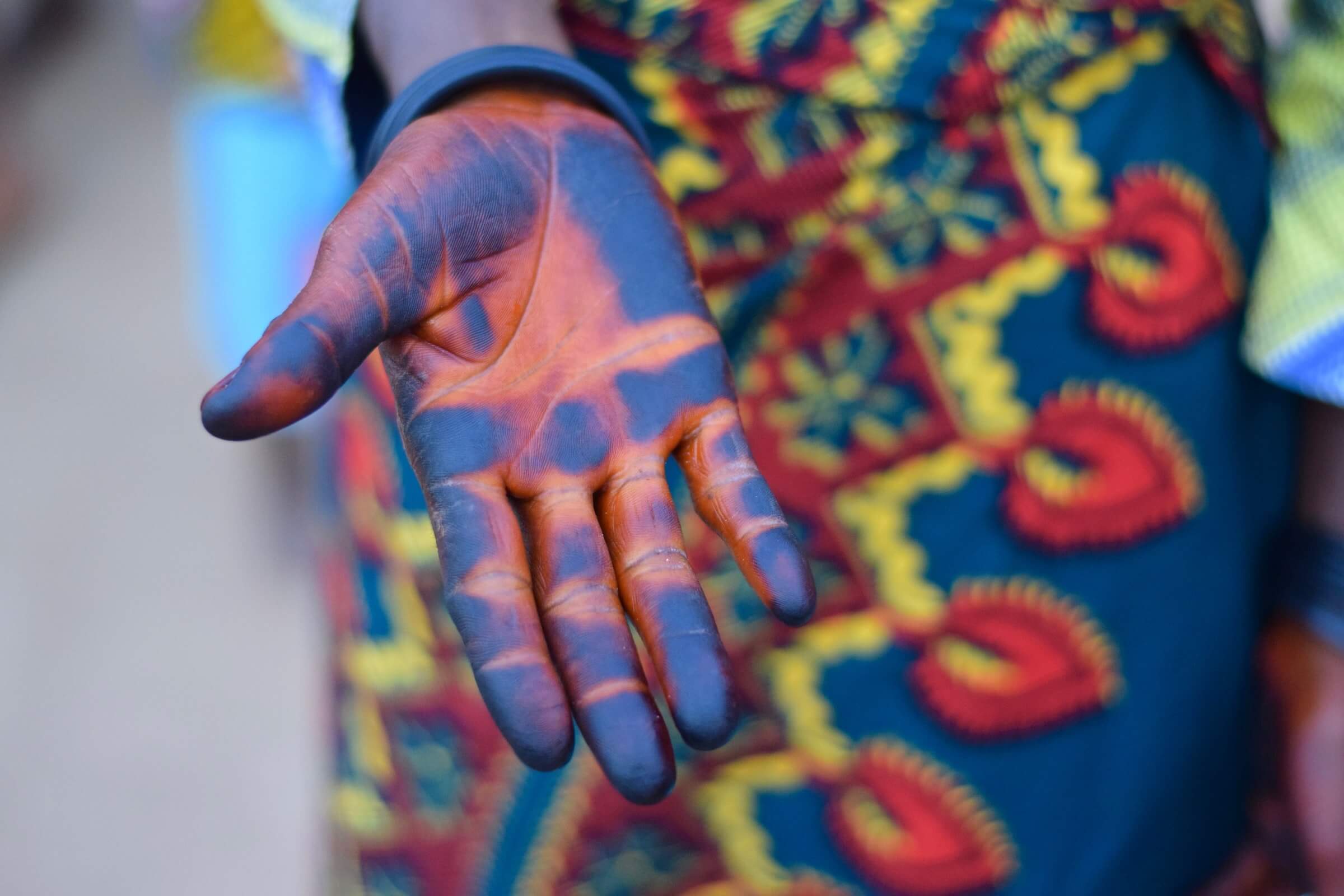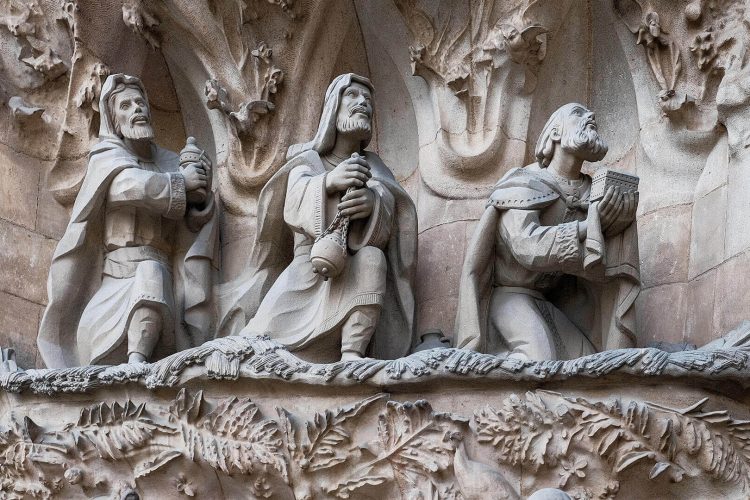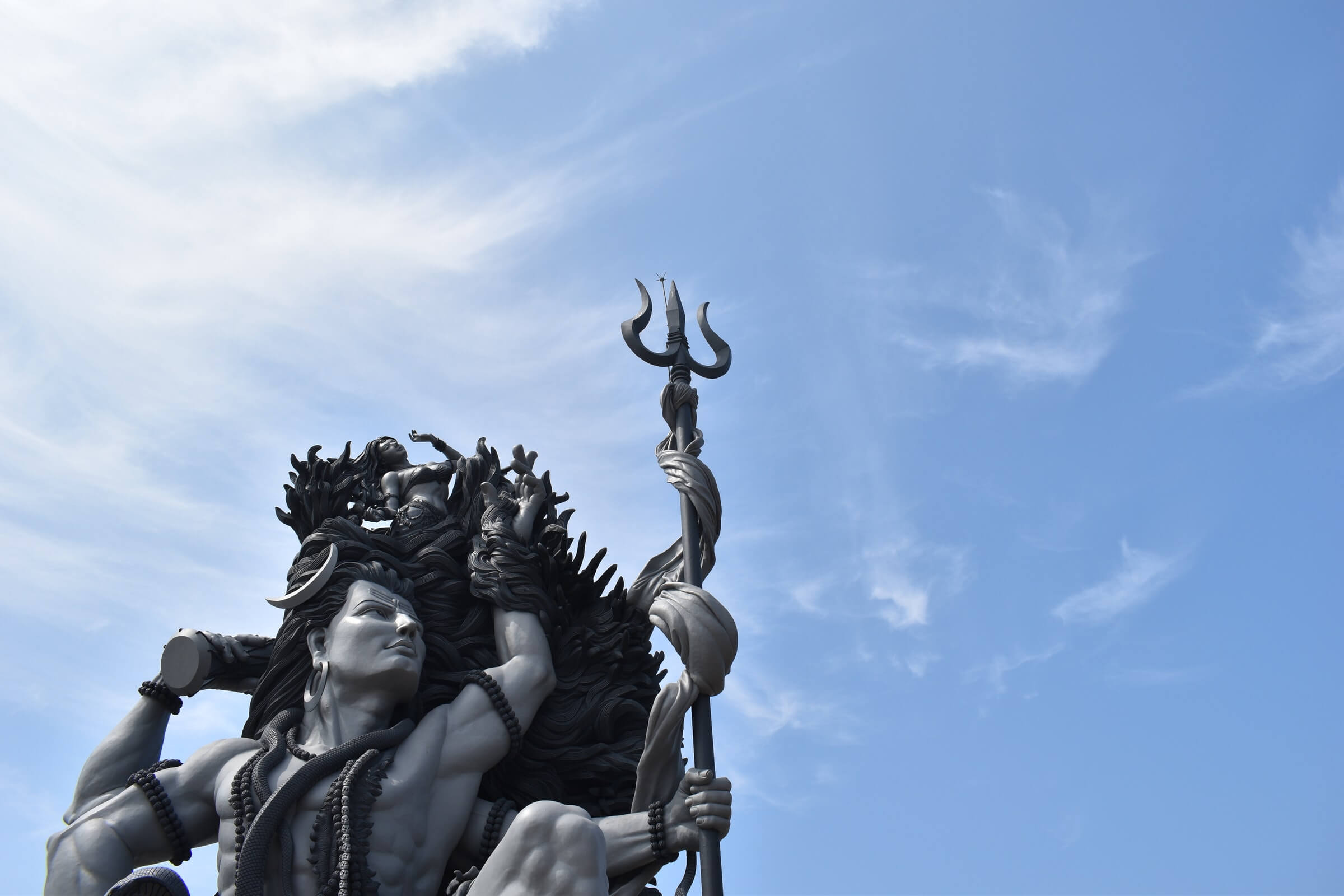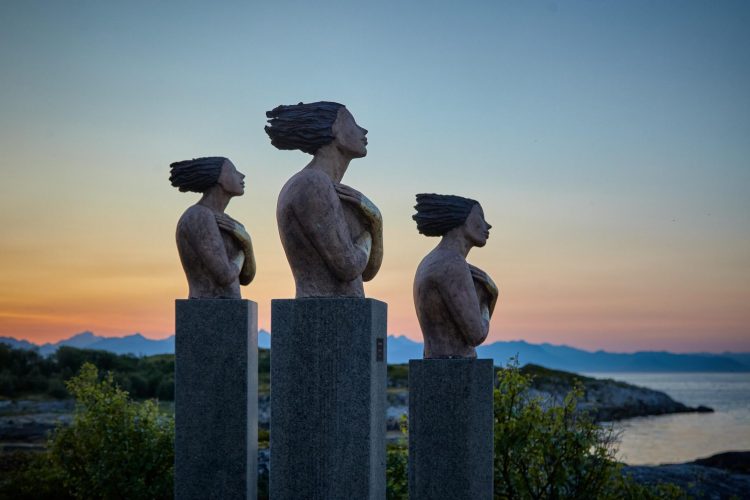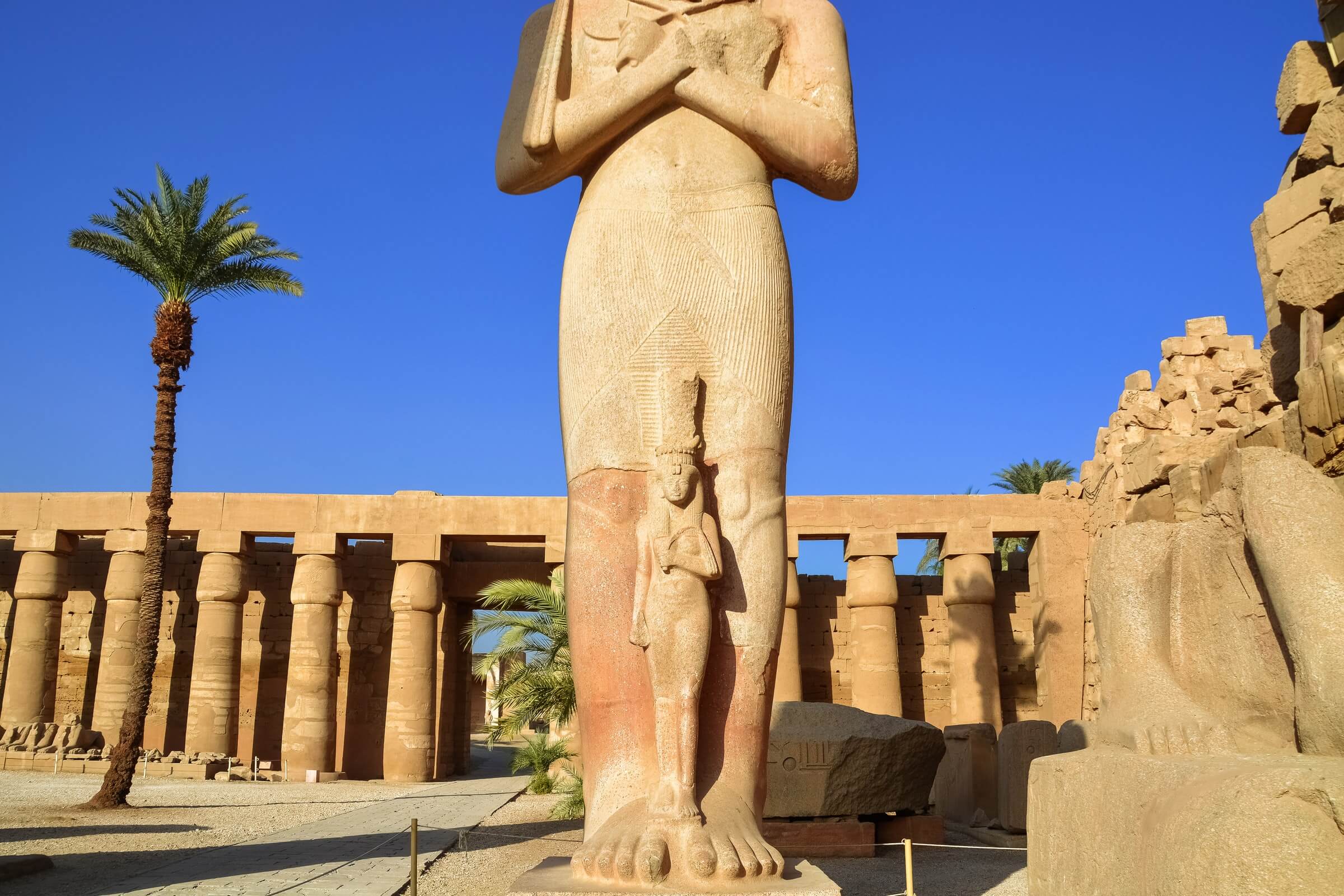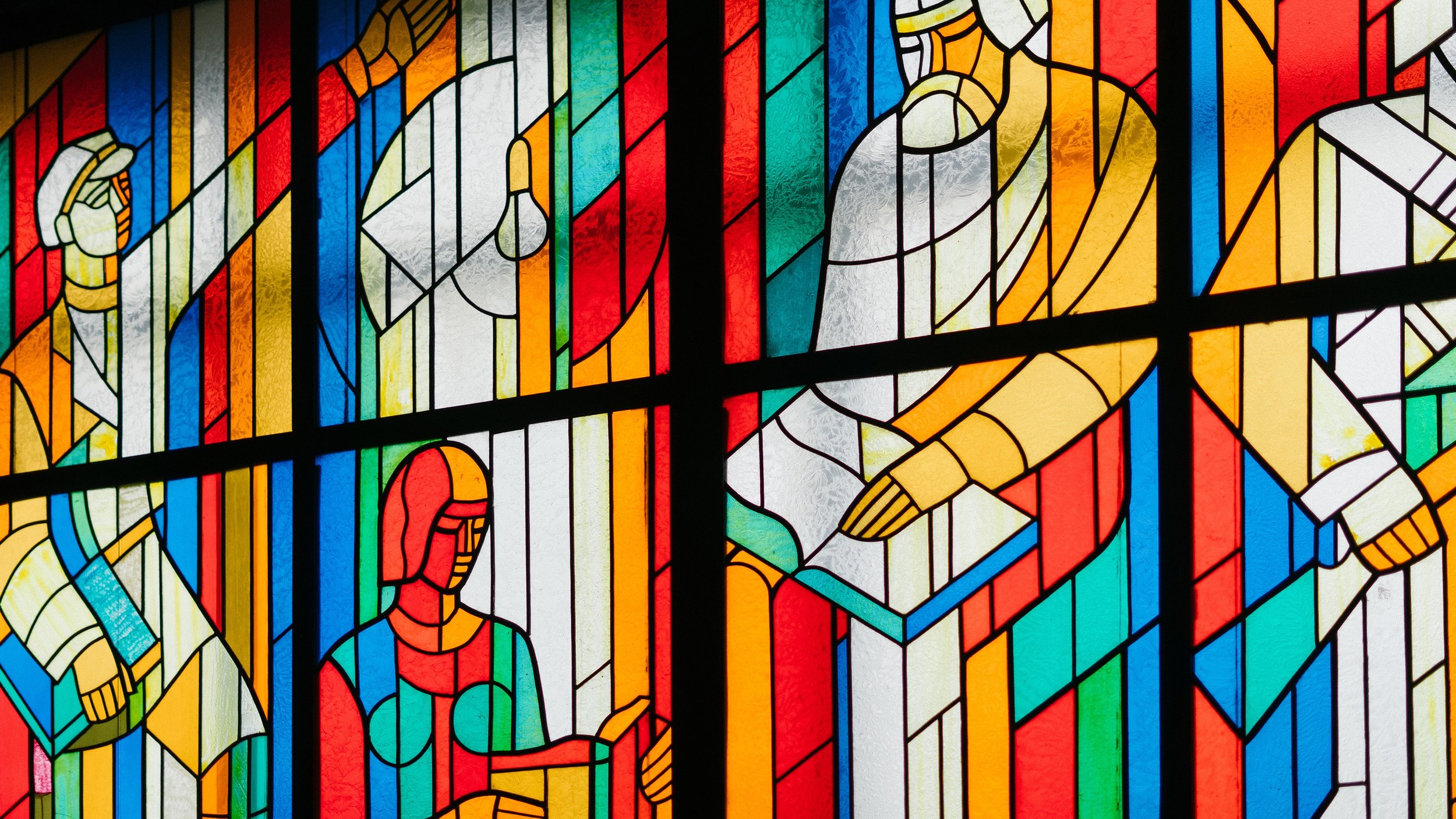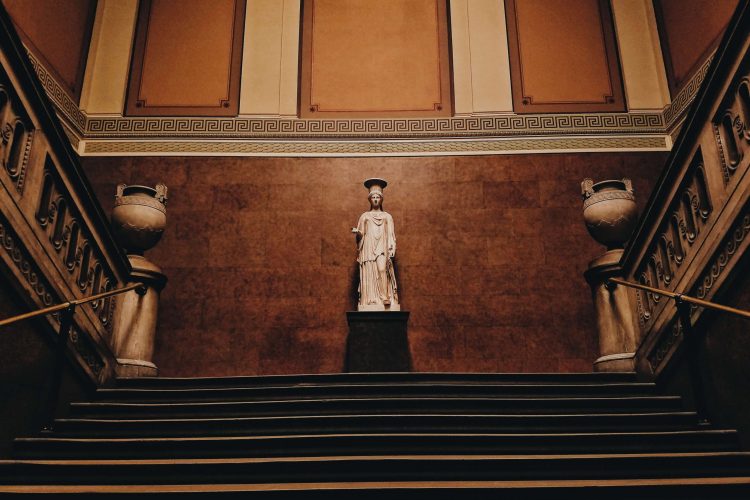Main Way | Prelude
Verse
— Vita
humana sancta est
— Ndu
madu di nsọ
— Human
life is holy
— Esse
humanum sanctum est
— Ịbụ
mmadụ dị nsọ
— Being
human is holy
— Esse
humanus sanctum est
— Ịbụ
obi mmadu di nsọ
— Being
humane is holy
— Are you not in agreement with the above
with what we know to be given and good
with the givens of being ịbụ esse?
— Yes, you say, of course, yes
more like a guest than one here to learn
so afraid your assent will be returned
as a hand emptied of any gifts.
— Come in, then
and continue on
along the lines between these lips
that have also come to receive
and know
and say to you as well
— Esse
cum alio potest esse sanctus
— Ịnọ
na onye ọzọ nwere ike ịdị nsọ
— Being
with an other can be holy
— Esse
cum aliis potest esse sanctus
— Ịnọ
na ndị ọzọ nwere ike ịdị nsọ
— Being
with others can be holy
— Esse
cum simul potest esse sanctus
— Ịnọ
na ọnụ nwere ike ịdị nsọ
— Being
together can be holy.
— Are you congruent with that above?
— Come in, then
lay beside me
unfold the we between us too
hear and listen further
read further
see further
and continue on
along the spine of a back
that has come to lift and carry
and feel like you
so feared of late
arrival and of its entrance with no alms
of its lack of etiquette’s book of plenty
so empty are those pages
you had read before your coming
that your greetings are a turning
of their empty-handed gifts
and so on receiving them
I say to you
— Esse
ubi homo sic esse potest sic sanctum est
— Ịbụ
ebe mmadụ nwere ike ịbụ si otu a ya mere dị nsọ
— Being
where human beings can thus be is thus holy
— Esse
ubi homo sic esse potest sic sanctitati proximus est
— Ịbụ
ebe mmadụ nwere ike ịbụ si otu a ya mere na-esote ịdị nsọ
— Being
where human beings can thus be is thus next to holiness
— Esse
ubi homo sic esse potest sic commensuratum sanctitati
— Ịbụ
ebe mmadụ nwere ike ịbụ si otu a ya mere dabara na ịdị nsọ
— Being
where human beings can thus be is thus commensurate with sanctity.
— How could you not agree and remain incongruent with the above?
— Come in, then
and stay
and begin
to find answers as to how
across the borders between tongues
we may respond to ourselves
— including a self and an other,
a body, mind and spirit
and what surrounds each and all
of them as well —
in a manner that respectfully corresponds,
with the humility asked for
and provided,
to the acceptance of a human being
as sacred as-is.
— Come in, then
my guest
— Come in, then
my fellow learner
— Come in,
as a human being.
To Contemporaneity
— to always endeavor to treat humans, including the self as well as others, humanely and respectfully, as they are meant to exist as well as co-exist in communities, polities and societies, forming and developing in continual contemporaneity.*
On the Offerings
Overview
The word offering is employed in Sancthụmanism in a specified sense, derived in part from its etymology — namely the bestowing, bringing or carrying before, the putting forward or presenting to a person or people that which forms the basis for learning, practice, teaching and spirituality. Such meaning and use of offering — and its specific importance, here, to Sancthụmanism — therefore entails the following commitments:
With Respect to Guidance
It is, by now, evident to most who have been attentive and empathetic to present-day social and spiritual matters the complexities of co-existence in contemporary societies. Not just how fulfilling but also how difficult it can be to craft, live and maintain essential forms of co-existence in our contemporary life — namely, an ethical co-existence between self and various others; in communities constituted via difference as well as sameness; and in societies that, by nature, are porous and connected to local and global peoples. It can be said that to live ethically in the contemporary present — and to ascertain how to do so — is to deeply discern, protect and respect what is basic and common to all peoples one may encounter, and thus be both human and humane. So presented here, over a series of pages and panels, displayed at The Ikoku Center, will be The Guidances of Sancthụmanism.
It is hoped that The Guidances will prove an illuminating distillation of a set of principles — those essential to the discernment, recognition and respect of a sacred and shared humanity that does, one proposes, exist in each human being, as-is, and by extension in the communities and societies they ethically form.
The Guidances of Sancthụmanism shall therefore take a particular form, and offer to all who would read them 11 sets of propositions. These propositions are followed by 11 practices and 11 studies. Listed below, the ensuing sections are to be called:
…
With Respect to Elaboration
The Guidances of Sancthụmanism are conceived and offered in the form of propositions. And in keeping with several known and studied liturgical materials, such Guidances shall develop an interpretative practice and tradition, eventually producing their attendant offerings in writing. The main purpose of these writings is to further elucidate the propositions of The Guidances — concepts, principles, tenets and sanctities; their underpinnings and implications; in the form of argument, history and theory, and dramatic art, narration and verse — with the result of such elaboration being a more capacious understanding of the basic scenes and substances of a life lived to meet — or at least contemplate — The Guidances.
Thus, also developed and offered for perusal will be The Literatures of Sancthụmanism. The Founder proposes the following to be its corpus:
…
With Respect to Equanimity
Also evident, by now, is the importance of place and space in one’s ability to apprehend, contemplate and meet the basic principles of co-existence in contemporary societies. The Guidances propose that fulfilling this form of ethics — including its attendant duties and obligations to the self and others — is not possible without equanimity. Nor is equanimity — centrally placed in The Guidances — possible without fulfillment of the principles above and below it. How necessary, then, how urgent one would say, is access to and protection of a sanctuary. A place and space where one can expect to have protected, or safeguard oneself, the necessities of equanimity, of a central element of ethics, and by extension, the capacity for co-existence that is to be human and humane.
The Founder shall therefore endeavor to provide The Sanctuaries of Sancthụmanism, at first, primarily via means that The Ikoku Center affords, but eventually, resolutely, also in geographic and physical form, in private property that he shall acquire and dedicate.
On The Guidances
Overview
For further introductory and paratextual details about The Guidances of Sancthụmanism, please go to the Introduction to The Guidances. Below you may also access The Guidances’ major sections, conceived and studied as panels and partitions that constitute a liturgy:
I — First Propositions
II — Second Propositions
III — Third Propositions
IV — Fourth Propositions
V — Fifth Propositions
VI — Sixth Propositions
VII — Seventh Propositions
VIII — Eighth Propositions
IX — Ninth Propositions
X — Tenth Propositions
XI — Eleventh Propositions
A — The Practices
B — The Studies
On The Literatures
Overview
For further introductory and paratextual details about The Literatures of Sancthụmanism, please go to the Introduction to The Literatures. Below you may also access The Literatures’ major works, conceived and studied as texts that constitute an aesthetic and hermeneutic corpus:
A — Core Textual
The Cantos
The Histories
The Novels
The Theatres
The Theories
B — Paratextual
The Sources
The Theologies
On The Sanctuaries
Overview
For further introductory and paratextual details about The Sanctuaries of Sancthụmanism, please go to the Introduction to The Sanctuaries. Below you may also access The Sanctuaries’ actual and proposed sites, conceived and visited as places that constitute an articulated space where equanimity may be attained, maintained and regained:
At The Ikoku Center
At The Ikoku Philanthropies
At The Ikoku Trusts and Foundations
At Publiks
At Geographic Locations
Also at The Center
As stated earlier, The Ikoku Center is dedicated to enhancing awareness and engagement, ethics and knowledge among people and communities in a range of connected and shared societies. And so along with the above, The Center also provides to those visiting its sites the following offerings:
Developments in Education and Research
The company ethics and policies are carefully crafted, then adhered to by a range of individuals and divisions working in varied relation to The Ikoku Group to establish, develop and provide a private company dedicated to fostering care and creativity, ethics and innovation.
Opportunities to Engage, Join and Contribute
Who take as their basis the most robust conceptions of respect, humanity, integrity, civil liberties and civil rights — up to and beyond what the law protects and provides for — as they carry out and embody the mission and purposes of The Ikoku Group.
Teachings and Writings in Ethics and Spirituality
And who also join in ongoing efforts to ensure that The Ikoku Group, its Divisions and its Products and Services remain safe, secure and respectful places to do work, to express and discuss, to teach and learn, to form, inform and even alter local and global communities.
More About Us


